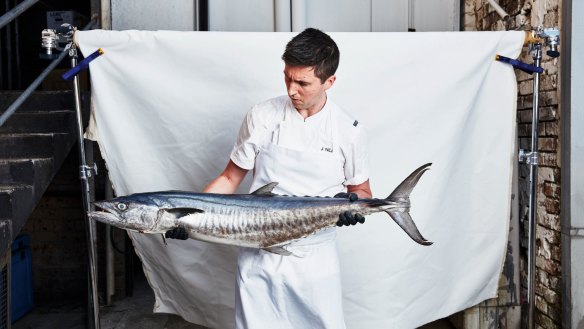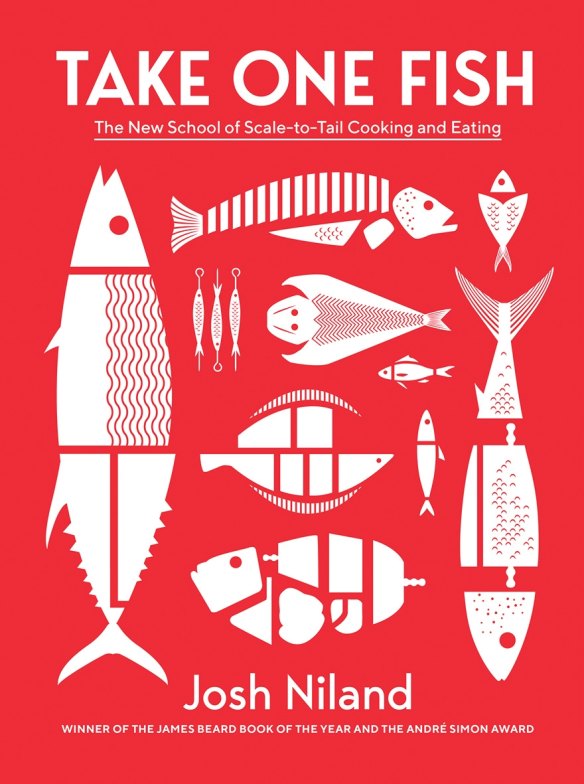Saint Peter chef Josh Niland's tips for buying the best and freshest fish

Seafood-loving chef Josh Niland shares 10 top tips for buying excellent quality seafood.
Have a game plan: Know how many you are feeding and what methods of cookery you have available to you before you go to the fish shop.
Know what to look for (whole fish): Glistening eyes that are bulbous and clear, a firmness in appearance and to the touch, scales that are tightly composed and are unaffected by bruising, abrasions or deep cuts, and a light ocean or seaweed odour.
Related Article
Know what to look for (fillets): Ensure that the fillets are dry and not sitting in a puddle of their juices, ice and water, that the skin is intact, free from bruising and marking, and that the flesh is translucent and glassy (it should not appear to be foggy, milky or have a brown lateral muscle, as these are all key indicators of a poorly handled fish).
Know what to look for (frozen): All of the above quality points are relevant, but also be certain to check packaging dates and inspect quality of freezing to make sure there is no freezer burn (telltale signs of which include ice crystals on the fish itself and discolouration in spots).
Ask questions: Speak to the attendant about what has just arrived, or what they would personally buy.

Get the work done for you: If you would like a fish to be filleted, de-boned, butterflied or have its skin removed, then ask for it! There is nothing wrong with getting a professional to do this for you, especially if it will improve your experience with the fish once you get home.
Look past the top tier: You don't always need to buy the centre cut of a fillet or pay top dollar for the most premium fish available. Instead, if a recipe calls for fish mince, or just the collars or even the tail of the fish, be specific and ask for these items. It would be ludicrously expensive to mince beef fillet or sirloin for a lasagne, not to mention it being the wrong cut to be cooking for hours. Fish have muscles and components to them that offer different flavours, textures and, importantly, come in at different price points. In short, start thinking about buying fish like you would meat.
Demand diversity: If you are looking for a fish that doesn't appear to be available, then ask for it! This will give the fish shop the confidence they might need to go out and buy more than the four species of heavily trafficked fish that they currently stock.
Ask about cooking: While you are shopping, ask about cookery methods that are applicable to the fish you have chosen. You might pick up some good advice that will lead not only to a delicious dinner but also a greater confidence in future.
Be loyal but not submissive: It is important to buy fish from responsible fish-shop owners whose products are ethically sourced; however, if you buy a fish and have a negative experience then be sure to give feedback. Don't settle for "fishy fish" or a fish that is mushy or tough.
This is an edited extract from Take One Fish by Josh Niland, published by Hardie Grant Books, RRP $55, available in stores nationally. Photography: Rob Palmer. Buy now
Appears in these collections
From our partners
Original URL: https://www.smh.com.au/goodfood/saint-peter-chef-josh-nilands-tips-for-buying-the-best-and-freshest-fish-20210720-h1x9yl.html
